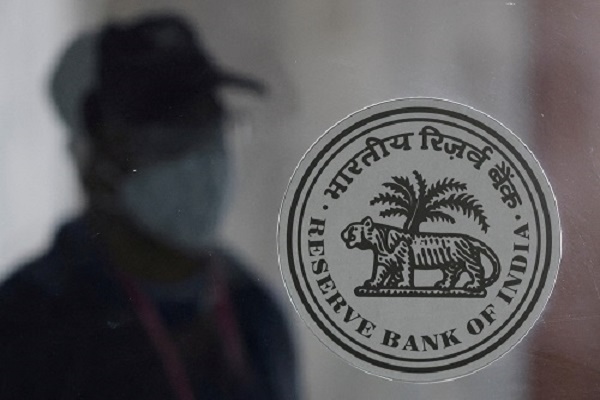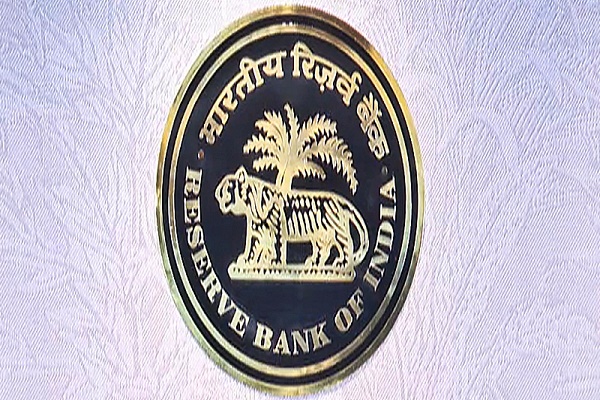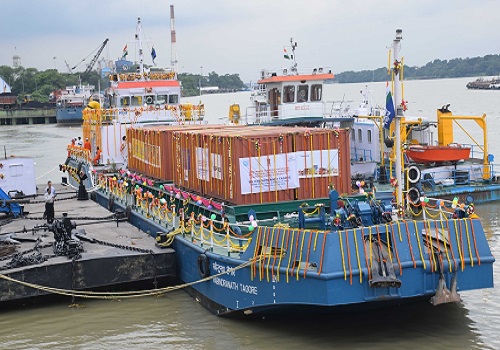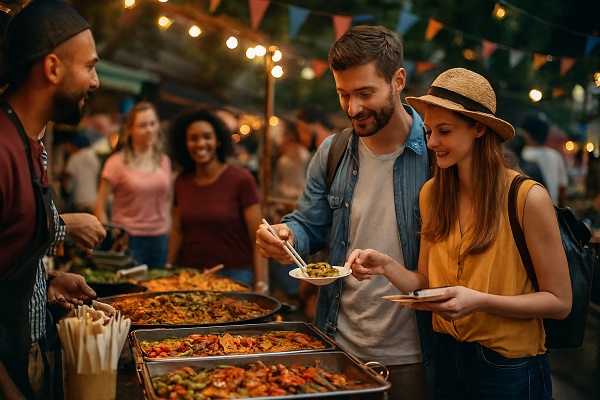Title: Food and Beverage Tourism: A Culinary Journey Around the World

What is Food and Beverage Tourism?
Food and beverage tourism, also known as culinary or gastronomic tourism, is travel motivated primarily by the desire to explore a region’s cuisine, local ingredients, traditional cooking methods, and dining customs. It's about more than eating—it's about connecting with a culture through its kitchen.
Why Culinary Tourism is on the Rise
Cultural Immersion
Food offers insight into local traditions, religious practices, agricultural patterns, and social values.
Unique Experiences
Travelers seek authentic and Instagram-worthy food experiences—like dining at a street market in Mexico City or enjoying a home-cooked meal in a Moroccan riad.
Rise of Foodie Culture
With the influence of food bloggers, travel shows, and social media, food lovers are now planning entire trips around dishes or famous restaurants.
Support for Local Economies
Culinary tourism boosts small food businesses, local farmers, and family-owned restaurants.
Types of Food and Beverage Tourism
Food Festivals: Like Spain’s La Tomatina, India’s International Mango Festival, or Italy’s Truffle Fair.
Cooking Classes: Learn to make pasta in Italy or curry in India with locals.
Wine & Brewery Tours: Explore the vineyards of Napa Valley, Bordeaux, or Nashik, or try craft beers in Belgium.
Street Food Tours: Taste authentic dishes at bustling markets in cities like Bangkok, Istanbul, or Delhi.
Farm-to-Table Experiences: Visit organic farms, taste fresh produce, and dine in scenic countryside settings.
Luxury Dining: Michelin-star restaurants or curated tasting menus for gourmet travelers.
Food Tourism in India
India, with its culinary diversity, is a paradise for food tourists. Each state offers distinct flavors:
Punjab: Butter chicken, makki di roti & sarson da saag
West Bengal: Fish curry, sandesh, and puchka
Kerala: Sadya meals, appam with stew, seafood curries
Rajasthan: Dal baati churma, laal maas
Maharashtra: Vada pav, poha, puran poli
Gujarat: Dhokla, thepla, farsan
Popular Indian culinary hotspots include Old Delhi, Hyderabad, Amritsar, Lucknow, and Goa.
Beverage Tourism Highlights
Tea Tourism: Visit estates in Darjeeling, Assam, or Munnar to taste fresh brews and understand tea processing.
Coffee Trails: Explore plantations in Coorg and Chikmagalur for rich, aromatic experiences.
Wine Tourism: Nashik and Karnataka are emerging as top Indian wine hubs with vineyard stays and wine-tasting tours.
Traditional Drinks: Try local favorites like lassi, toddy, jal jeera, kanji, or handcrafted cocktails using indigenous ingredients.
Global Culinary Destinations to Explore
Japan: Sushi in Tokyo, ramen in Fukuoka, matcha in Kyoto
France: Cheese, wine, pastries, and haute cuisine
Thailand: Street food galore—pad thai, green curry, mango sticky rice
Mexico: Tacos, tamales, mole, and mezcal
Morocco: Tagine, couscous, mint tea
Italy: Pizza in Naples, gelato in Florence, wine in Tuscany
Planning a Foodie Trip: Tips
Research local specialties and seasonal ingredients
Join food tours or cooking workshops
Use apps and blogs to find hidden gems and food trucks
Respect local customs and dietary rules
Carry a food diary or document your journey for a delicious memory
The Emotional & Social Value
Culinary travel not only pleases the palate but also creates deep emotional connections. Sharing meals, learning family recipes, or discovering a new spice can leave a lasting imprint—turning a trip into a lifelong memory.
























